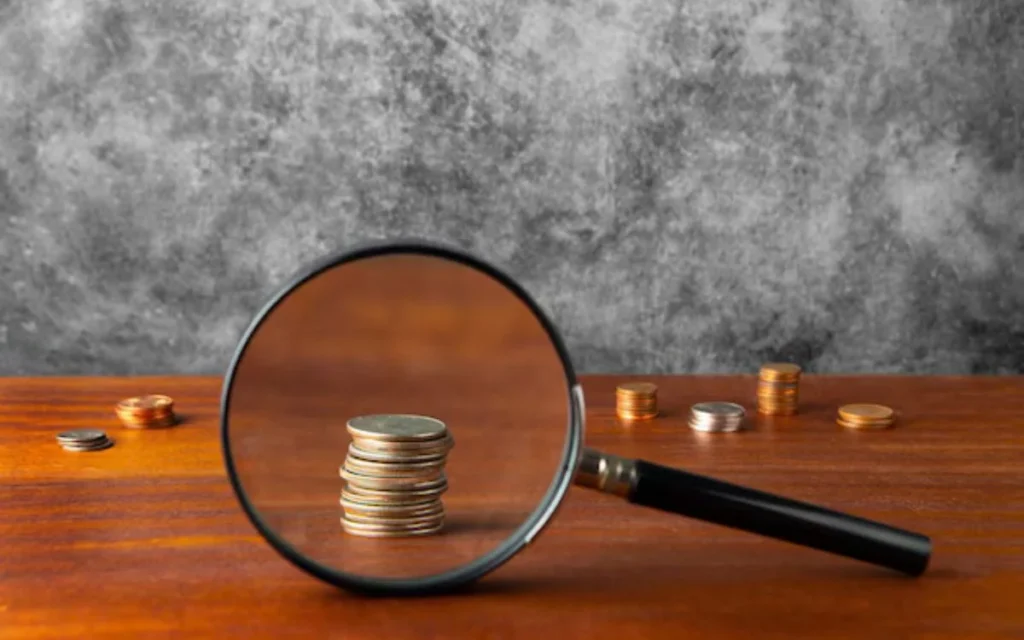Nickel Rolling Hunt Coin roll hunting is quite an exciting hobby, especially for those seeking rare and valuable nickels. Being a novice or an experienced collector, having an idea of what to look for in nickel rolls will make you a better hunter in finding those hidden treasures. Here is your guide on how to get the most out of your hunt:
Types of Nickels:
When examining rolls of nickels, one needs to get familiar with the different nickels in circulation.
- Jefferson Nickels (1938–Present): Most common nickels. Pay attention to rare dates and mintmarks.
- Buffalo Nickels (1913–1938): Older and very collectible. Dates and conditions greatly determine their price.
- V-Nickels (1883–1912): Never seen in circulation but always look out for. Vintage coins, for sure, enthusiasts would love to collect.
Key Dates and Varieties Some dates and types of nickels are worth more than others. Be on the look out for these special coins:

| Type/Year | Details |
|---|---|
| 1939-D and 1939-S | Jefferson nickels from these years are rare and valuable. |
| 1950-D Jefferson Nickel | A low-mintage coin highly prized by collectors. |
| 1942–1945 Silver Nickels | Made with 35% silver during WWII. Recognizable by a large mintmark above Monticello. |
More Valuable Coins
1943-P and 1944-P Silver Nickels: These are the wartime silver series, so their value is above face value.
2009 Jefferson Nickel: Due to low mintage, these coins are somewhat scarce in circulation.
Mint Marks and Condition
Nickel mint marks denote the place where the nickel was made:
- P: Philadelphia
- D: Denver
- S: San Francisco
Condition
A coin’s condition is very important in determining its value.
Check with a magnifying lens for:
- Wear and Tear: Coins that show little wear are more valuable.
- Scratches or Flaws: Avoid very worn coins unless they are rare errors.
- Details: Look at details such as Monticello’s steps or lettering to be clear.
Errors and Varieties:
Minting errors and unusual varieties can greatly boost a nickel’s value. Be on the lookout for:
| Error Type | Description | Value Potential |
|---|---|---|
| Off-Center Strike | Coins struck off-center with incomplete designs. | $20–$200+ |
| Doubled Die Varieties | Letters or numbers appear doubled due to die misalignment. | $50–$500 |
| Die Cracks | Cracks on the coin caused by a damaged die. | Varies by size and location |
Silver Nickels (1942–1945)
Nickels During WWII were made of a special alloy of:
56% Copper, 35% Silver, and 9% Manganese
They are easily distinguishable by the large mint mark placed above Monticello on the reverse.
Value:
Silver nickels are worth more than their face value which usually would run between $1 to $3 per piece based on silver prices and condition Specialty Rolls
Specific rolls may be scanned for rare coins.
Older Rolls: Rolls containing pre-1960 nickels are more likely to include Buffalo or early Jefferson nickels.
Regional Rolls: Coins from specific mints or regions may yield unique finds.
Tips for Successful Hunting
- Use Proper Tools: Equip yourself with a magnifying glass and a coin reference guide.
- Be Patient: Finding valuable coins requires time and persistence.
- Record the discoveries: You keep a log of rare dates, errors, or unique pieces.
Searching in nickel rolls can be quite enjoyable and rewarding, especially when you know what to look for: some really rare dates and minting errors, silver wartime nickels, and much more treasure. By knowing what to look for, waiting patiently, and having the proper tools, you may find a gem concealed in your next roll of nickels.
FAQs:
Q.What dates to check for in nickels?
A.1939-D, 1939-S, 1950-D and 1942–1945 silver nickels are key dates.
Q.How can I recognize a silver nickel?
A.The mintmark is quite large over Monticello and the coin has a bright shiny appearance.



